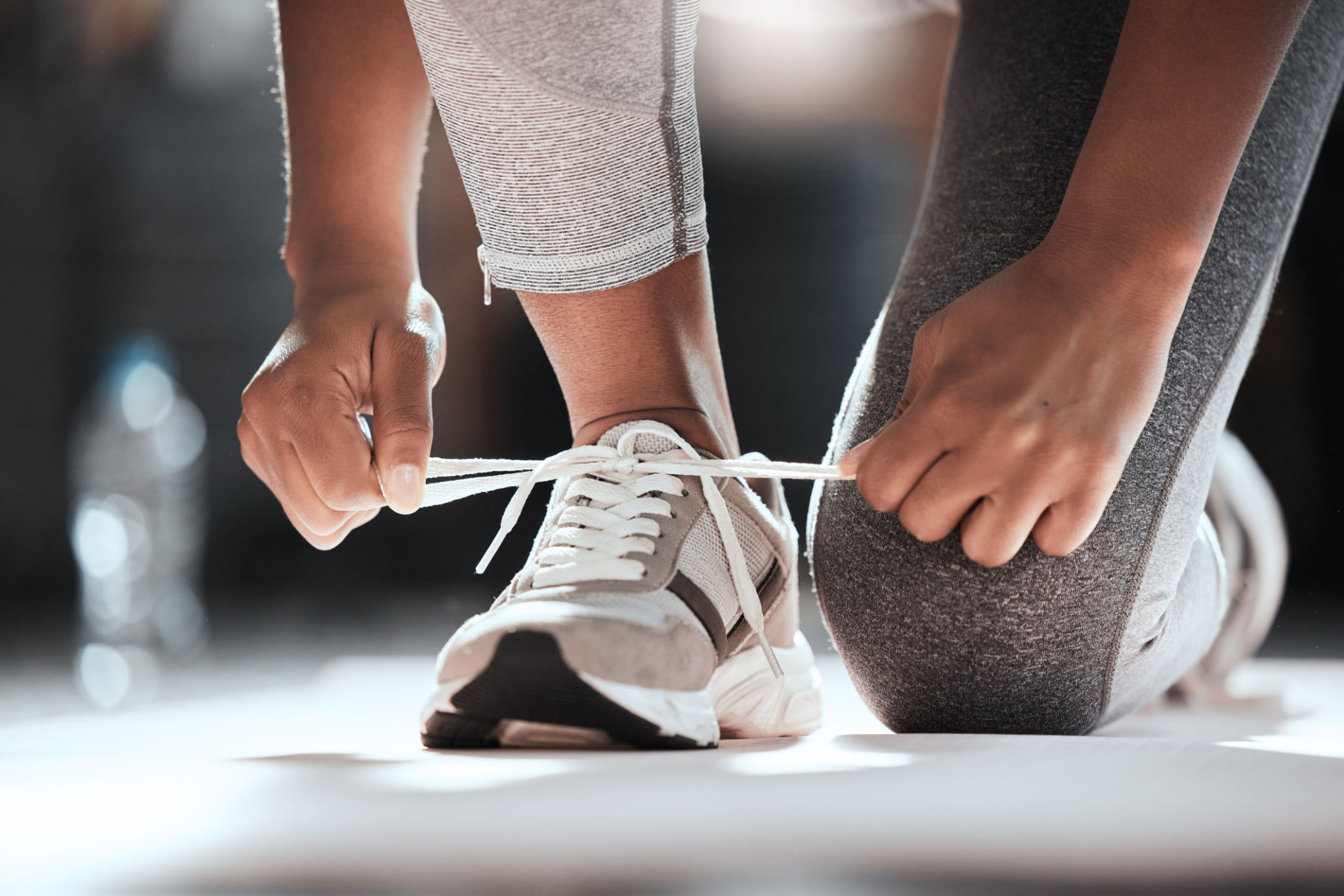Top 5 Summer Training Tips to Reduce Injury Risk for Young Athletes
Prioritize a Comprehensive Warm-Up
One of the most crucial steps in summer training for young athletes is ensuring a thorough warm-up. A proper warm-up increases blood flow to the muscles, enhances flexibility, and prepares the body for physical activity. Engaging in dynamic stretches and light aerobic exercises can significantly reduce the risk of injuries.
Dynamic stretches, such as leg swings, arm circles, and torso twists, help improve range of motion and muscle elasticity. Encourage young athletes to spend at least 10 to 15 minutes on their warm-up routine before jumping into more intense exercises.

Emphasize Proper Hydration
Staying hydrated is critical during summer training sessions. Heat and humidity can lead to excessive sweating, increasing the risk of dehydration and heat-related illnesses. Young athletes should be encouraged to drink water regularly before, during, and after their workouts.
Incorporating electrolyte-rich drinks can also be beneficial, especially during prolonged activities. These drinks help replace lost minerals and maintain optimal hydration levels. Coaches and parents can monitor hydration by checking urine color—pale yellow indicates proper hydration.
Focus on Technique and Form
Injury prevention is closely linked to maintaining proper technique and form during physical activities. Young athletes should be taught the correct way to perform exercises to minimize strain on their bodies. Whether it's running, jumping, or lifting weights, emphasis on correct form ensures that muscles and joints are used efficiently.

Coaches should regularly assess athletes' techniques, providing constructive feedback and corrective exercises if necessary. This not only reduces injury risks but also enhances overall performance.
Incorporate Rest and Recovery
Rest and recovery are as important as the training itself. Young athletes need adequate downtime to allow their bodies to repair and strengthen. Overtraining can lead to fatigue, increased injury risk, and burnout.
Implementing rest days and encouraging sufficient sleep are vital components of a balanced training regimen. During rest periods, athletes can engage in light activities like walking or yoga to promote relaxation and flexibility without overexertion.
Strengthen Core Muscles
Core stability plays a pivotal role in maintaining balance and preventing injuries. Strong core muscles support athletic movements and reduce the risk of lower back injuries. Athletes should incorporate exercises like planks, Russian twists, and bridges into their routine.

Focusing on core strength not only enhances athletic performance but also contributes to overall body control and stability, making it an essential part of injury prevention strategies for young athletes.
By following these top summer training tips, young athletes can enjoy a productive training season while minimizing the risk of injuries. Through proper preparation, hydration, technique, rest, and core strengthening, they can improve their performance safely and effectively.